San Juan is a beautiful and festive old-time celebration in many Latin American countries, especially in Paraguay, Brazil, and parts of Argentina and Bolivia, held in honour of Saint John the Baptist. It usually takes place on or around June 24, in the middle of the cold winter in the Southern Hemisphere.
More than a religious holiday, San Juan is a warm, colourful, and communal event celebrated throughout June. Families, neighbours, and friends gather in open spaces, surrounded by the scent of traditional Paraguayan dishes, folk music, and lively games.
Burning away sorrow and sadness
Although the tradition originally stems from Spanish evangelisation, Paraguayans made it their own by incorporating Guaraní ingredients such as manioc and corn, instead of the wheat originally used in Spanish dishes for the occasion. The central symbol of the festivity is fire, burning away sorrow and sadness, symbolising purification and renewal.
San Juan is all about community, tradition, and joy. Even in the cold of winter, it brings people together to share stories, sing with the famous banditas (folk music groups), and enjoy good food. It has a magical way of warming hearts, uniting generations, and reminding everyone how beautiful traditions are and how powerful community can be.
Traditional San Juan foods in Paraguay
Food is at the heart of San Juan. A key ingredient in many dishes is manioc, featured in traditional foods such as pajagua mascada, savoury croquettes made from mashed manioc and minced beef, often mixed with spring onions or chives. There is also pastel mandi’o, a kind of empanada made with manioc dough and filled with seasoned beef.
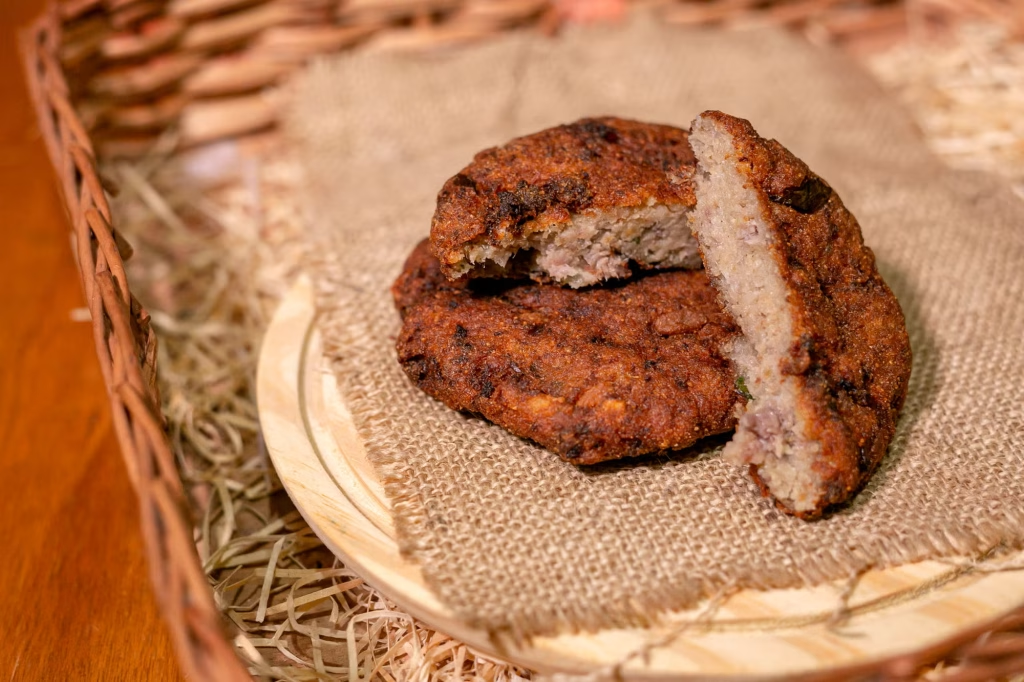
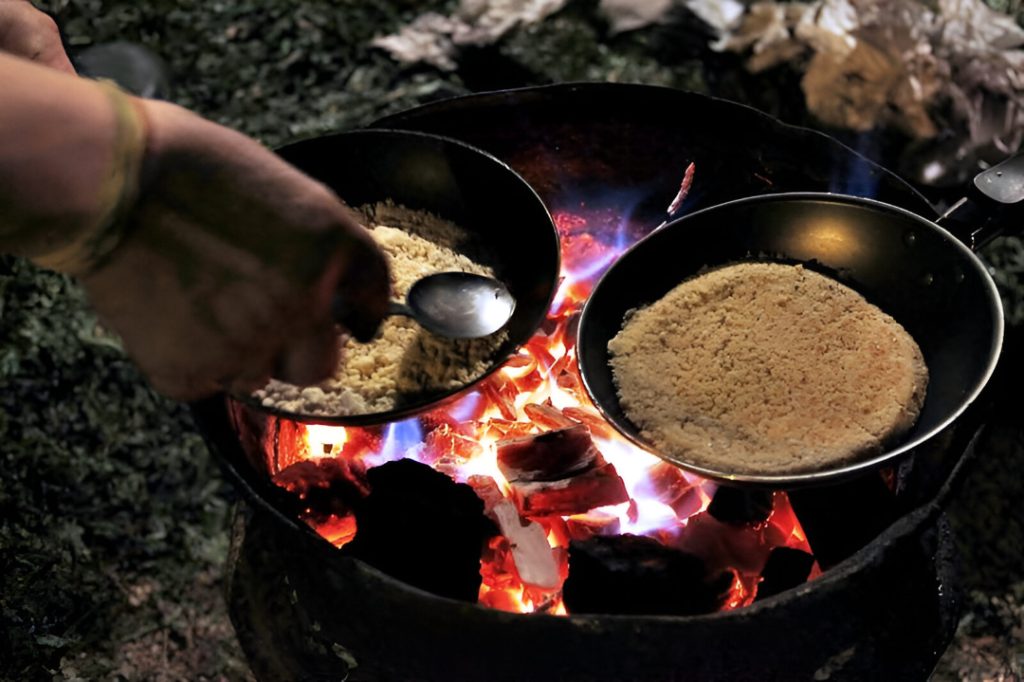
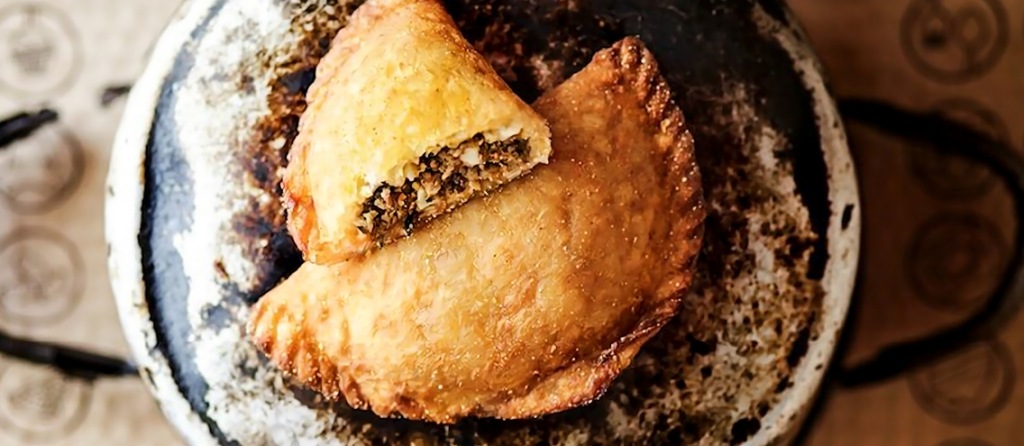
There are vegetarian-friendly options too like chipa asador, which is made with manioc starch, cheese, eggs, and anise, then wrapped around a stick and roasted over hot coals until golden. Also, mbeju is a crispy pancake made from manioc starch, cheese, and fat, cooked on a hot plate until it forms a deliciously crumbly disc. On the other hand, chicharõ trenzado consists of braided strips of beef or pork, grilled or fried until tender.
As for drinks, cocido is the most popular. This sweet, roasted yerba mate tea, sometimes served with milk, is perfect for the winter season.
Games that light up the night
The games at San Juan are a highlight, usually lighthearted, occasionally a bit crazy, and always in good humour!
One of the most emblematic is the burning ball, originally called pelota tatá, in which a cloth ball soaked in kerosene is set alight and kicked around like a football. Another favourite is lick the pan (paila jehereii), where participants attempt to retrieve a prize (often money) stuck to a heated pan using only their mouths, with hands tied behind their backs.
Judas Kái features a satirical doll representing a disliked public figure or mischievous character, which is paraded and then burned at the event’s close, symbolising cleansing and rebirth. “Kái” in Guaraní means “burnt”, while Judas is inspired by Judas Iscariot, known for his betrayal of Jesus Christ. This reflects a long-standing religious influence in Paraguayan culture.
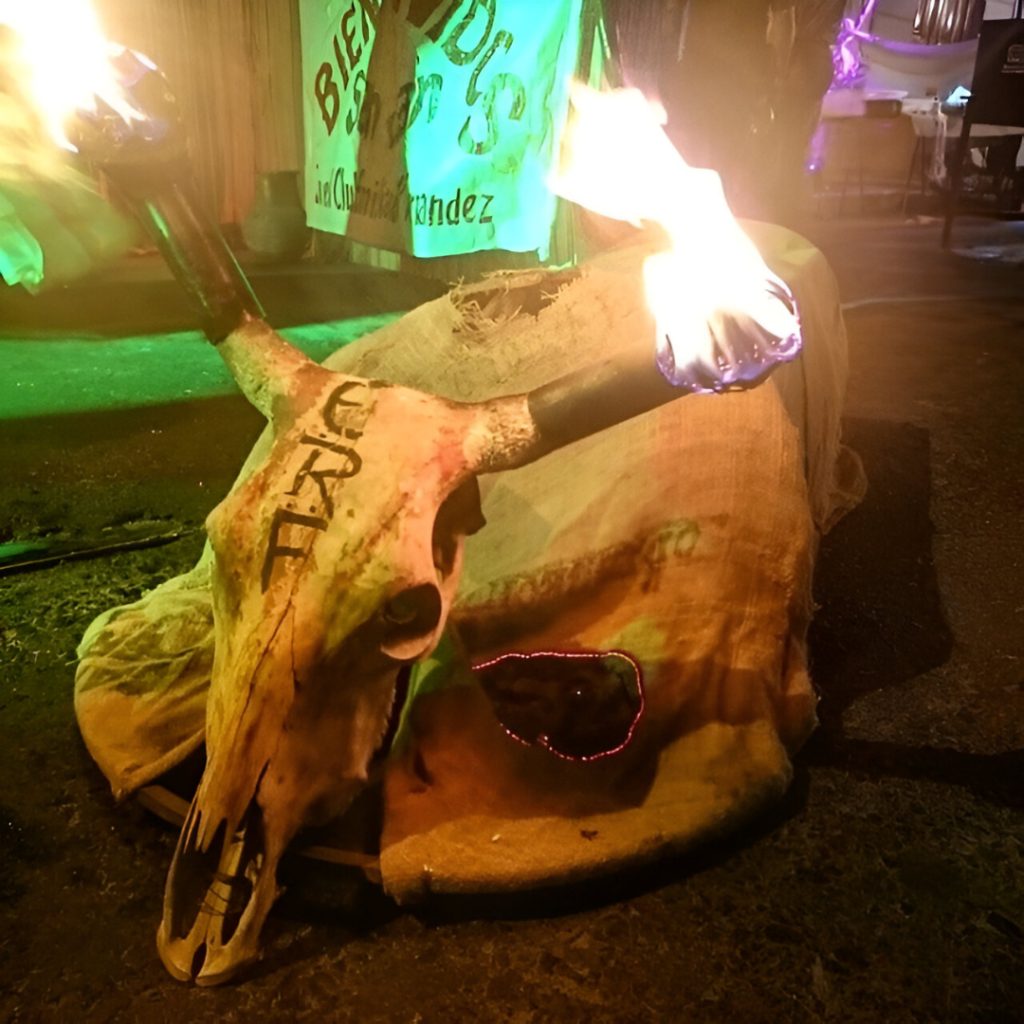

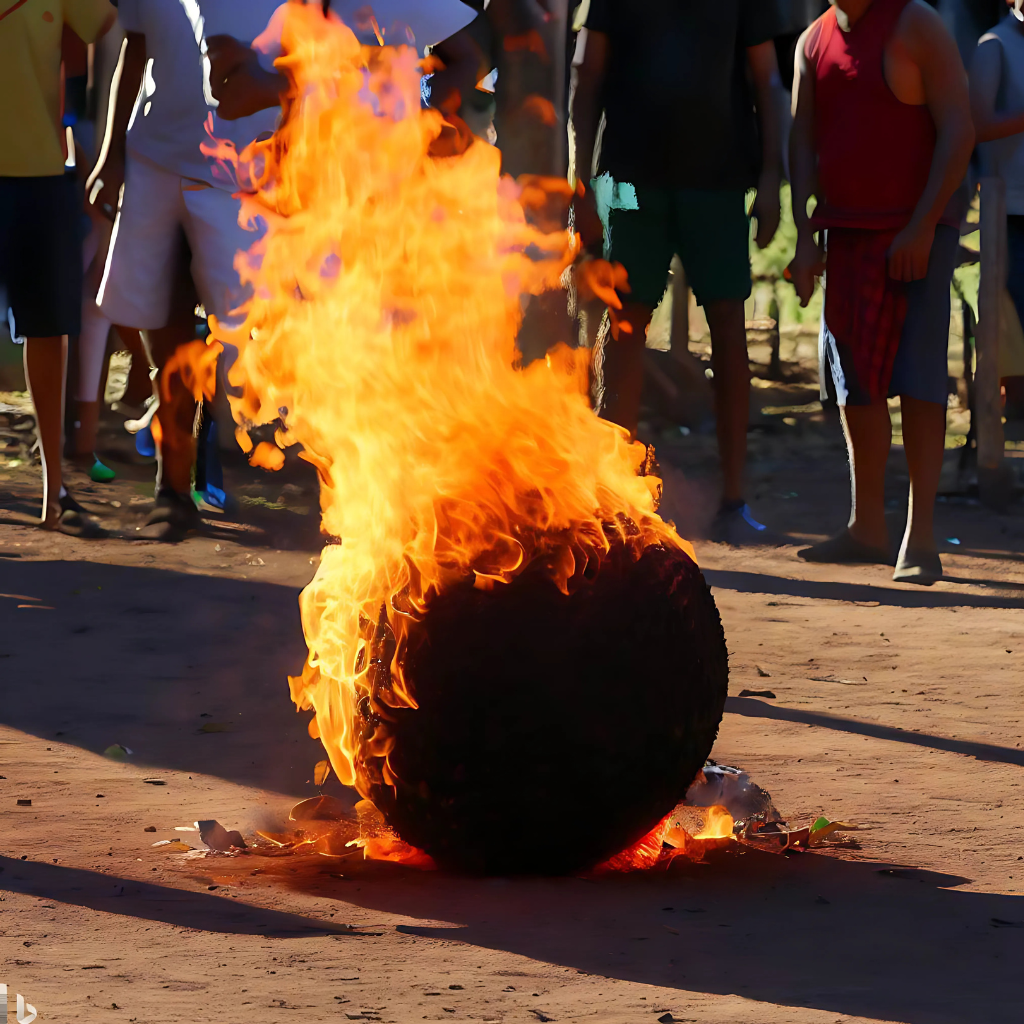
More playful games include knock the cans (tumba la lata), where players aim to topple stacked cans with a ball, and the slippery trunk (yvyra syi), where brave participants try to climb a tall, greased pole to win a prize, often food or sweets, to the delight of cheering crowds.
A popular game for all ages is the bag race (carrera vosa), where competitors get into waist-high bags, hold the edges, and race by jumping to the finish line.
Lastly, the burning bull (toro candil), the most iconic image of any San Juan celebration, is a bull costume made from cardboard and decorated with lit candles, worn and animated by a person who runs through the crowd.
Come and enjoy!
Come and experience the joyful traditions that light up winter nights in celebration of Saint John the Baptist. Whether you are a local or a visitor, San Juan is the perfect time to connect with Paraguay’s rich culture. Do not miss it!

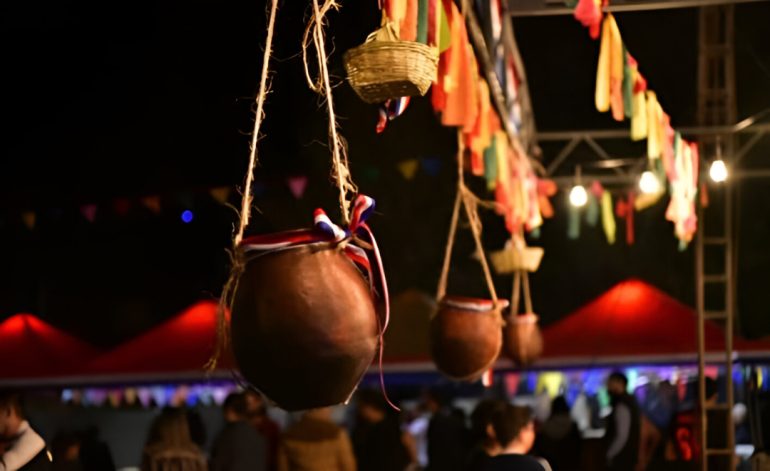

One Comment